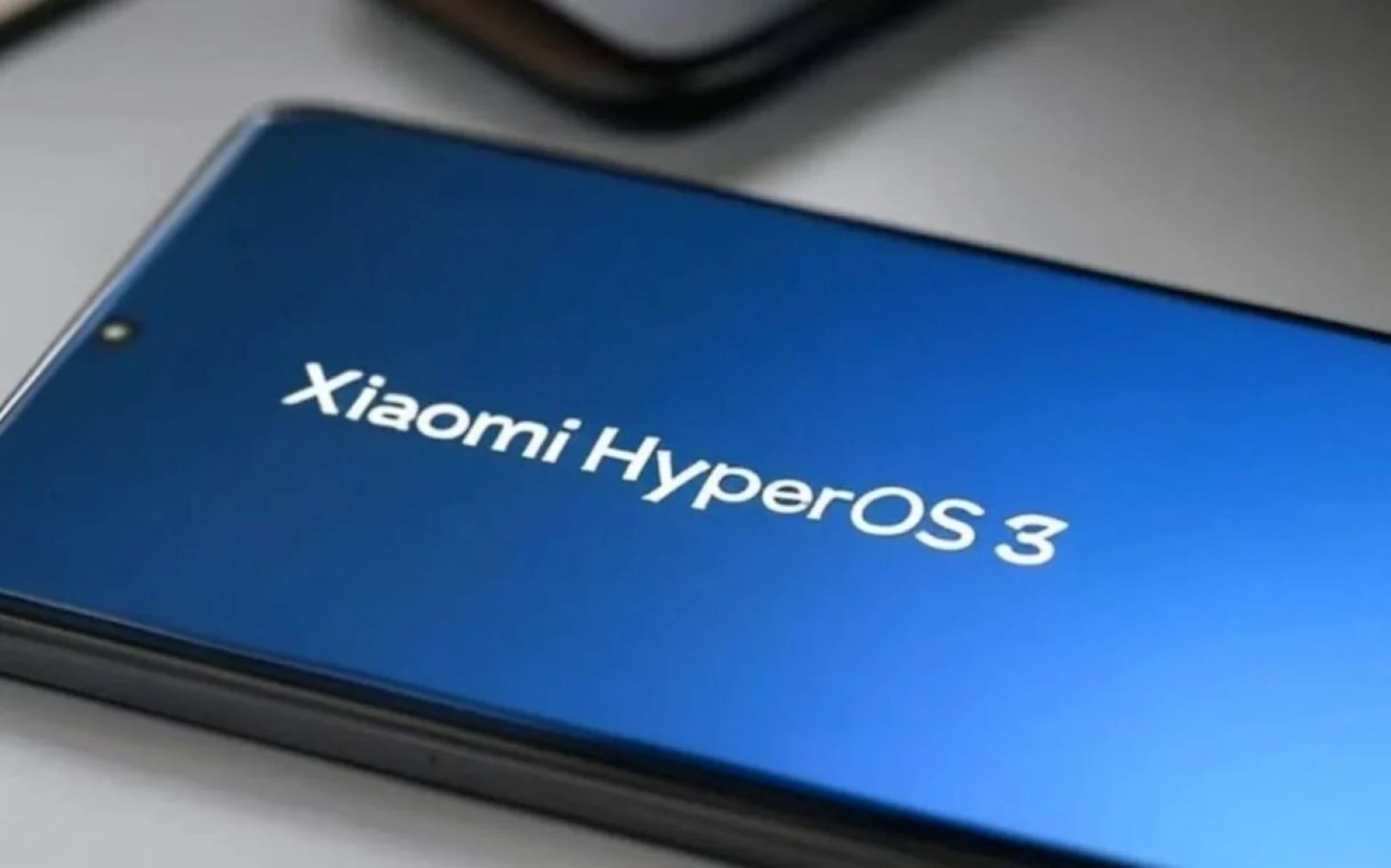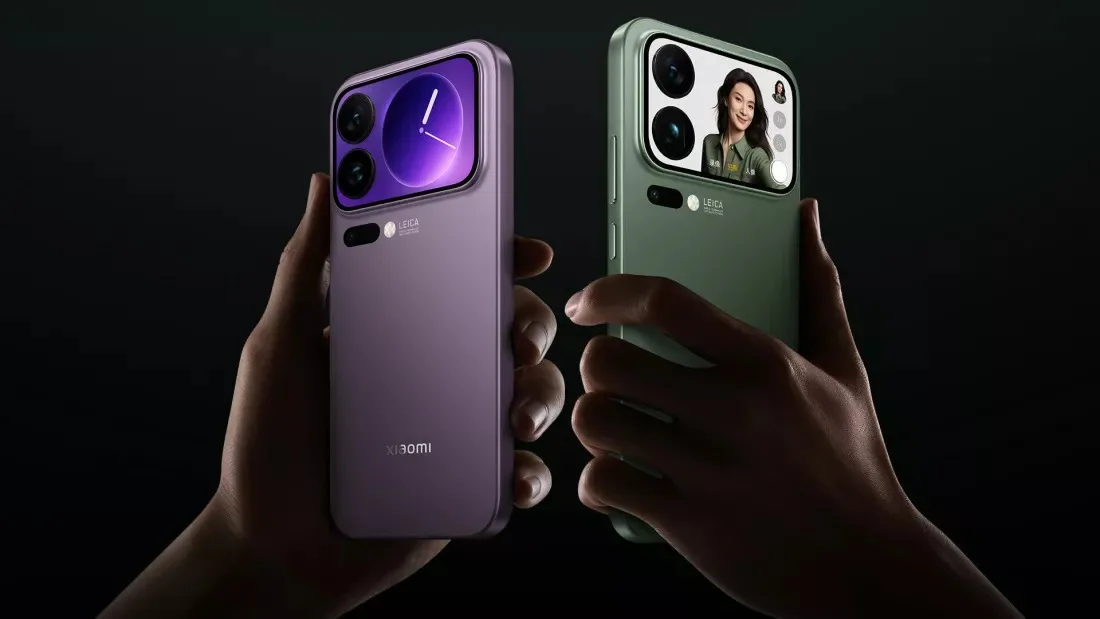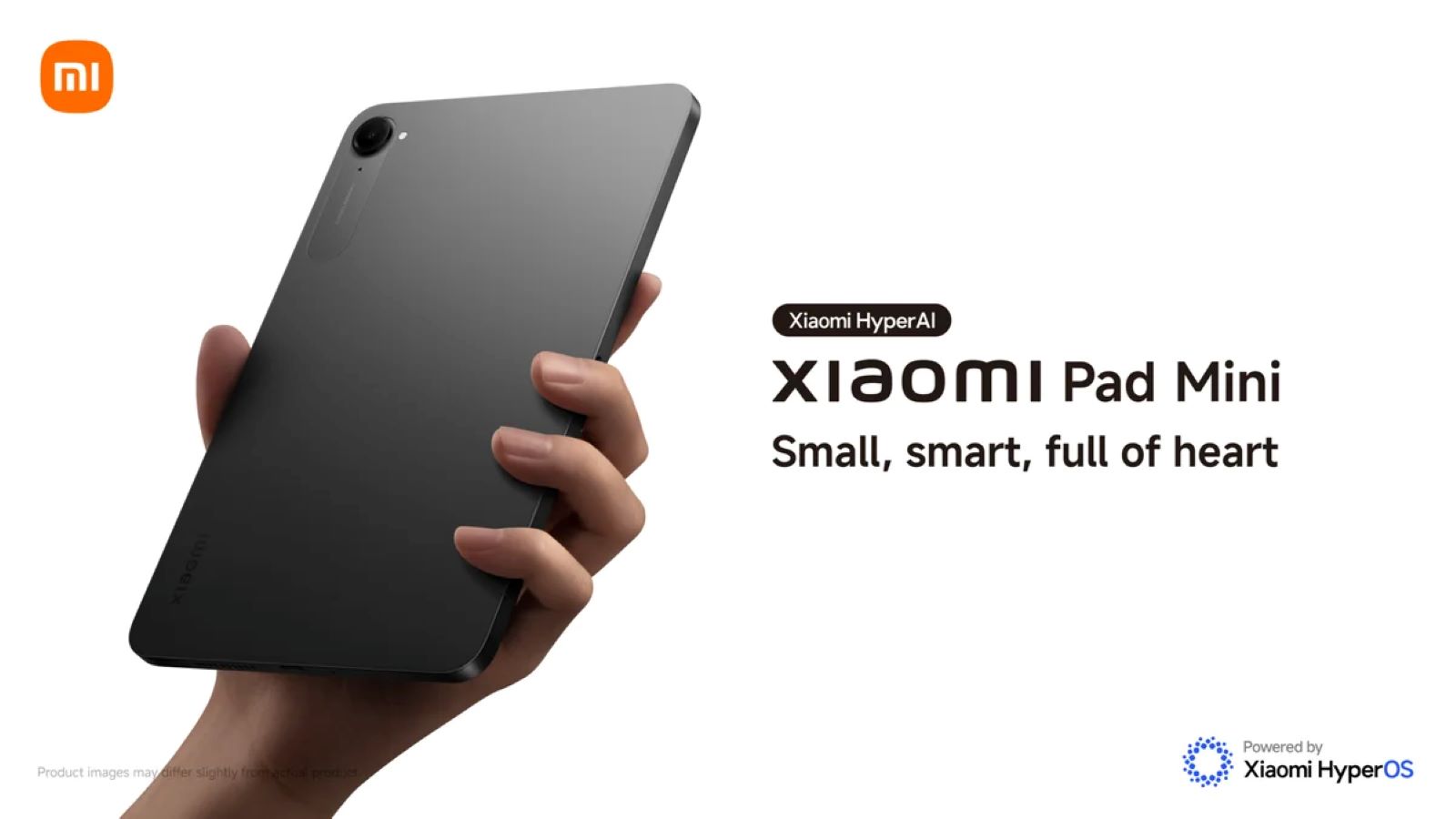Your phone’s apps often need access to specific information or functions on your device, like your camera, location, or contacts. These are called permissions. While apps need permissions to work correctly, sometimes they ask for more access than they truly need. Managing app permissions is an important step for protecting your privacy and improving your phone’s security. On phones running MIUI (like Xiaomi, Redmi, or POCO devices), you have good control over these settings.
I remember installing a new app and seeing it ask for access to almost everything! It made me stop and think about what I was allowing. Learning how to manage permissions on my MIUI phone gave me much better control over my data. This guide will show you how.
You can manage permissions in MIUI in two main ways: by looking at all apps that have a specific permission, or by checking the permissions for a single app.
Understanding Why Permissions Matter
Granting unnecessary permissions can:
- Risk your privacy: An app with location access could track your movements without you knowing. An app with contacts access could upload your contact list.
- Use battery: Some permissions, like constant location access, can drain your battery faster.
- Introduce security risks: If an app with broad permissions is compromised, your data could be exposed.
It’s worth taking a few minutes to review and adjust them.
Method 1: Managing Permissions by Category
This method lets you see which apps have access to specific things on your phone, like your camera or microphone.
Step 1: Open Settings
- Find the Settings app icon on your home screen or in your app drawer and tap it.
Step 2: Go to Permissions
- Scroll down in the Settings menu and tap on “Privacy protection”.
- Under “Permissions,” tap on “Permissions” again.
Step 3: Select a Permission Type
- You will see a list of different permission categories, such as:
- Body sensors
- Calendar
- Call logs
- Camera
- Contacts
- Files and media
- Location
- Microphone
- Phone
- Physical activity
- SMS
- Tap on the permission type you want to review (e.g., “Location” or “Camera”).
Step 4: Review and Modify App Access
- Inside the permission category, you’ll see a list of apps and their access level for that specific permission.
- You’ll often see options like:
- Allowed all the time (for Location) or Allowed only while in use
- Allow
- Ask every time
- Deny
- Tap on an app from the list.
- Choose the access level you are comfortable with for that app and that permission.
How to Use This Method: I find this useful for checking sensitive permissions like Location, Camera, or Microphone. I can quickly see which apps have “Allowed all the time” location access and change it if I don’t think they need it constantly.
Method 2: Managing Permissions for a Specific App
This method is best when you’re curious about what permissions a single app has, or if an app isn’t working because a specific permission is denied.
Step 1: Open Settings
- Find the Settings app icon and tap it.
Step 2: Go to Apps
- Scroll down and tap on “Apps”.
- Tap on “Manage apps”.
Step 3: Select the App
- You will see a list of all installed apps. Scroll through the list or use the search bar at the top to find the app you want to check.
- Tap on the app’s name. This opens the App info page.
Step 4: Find Permissions
- On the App info page, scroll down and tap on “Permissions“.
Step 5: Review and Modify Permissions
- You will see a list of all the permissions the app can ask for. Each permission will show whether it is Allowed or Denied.
- Tap on a specific permission (e.g., “Contacts” or “Storage”).
- Choose the access level for that permission: Allow or Deny. Some permissions may have more nuanced options like “Ask every time” or “Allow only while using the app.”
How to Use This Method: If an app is crashing or a feature isn’t working, checking its specific permissions here is a good troubleshooting step. For example, if a camera app can’t save photos, I’d check if it has Storage permission. I also use this method to review permissions right after installing a new app.
Additional Permission Settings in MIUI
MIUI also offers some other useful permission-related features under the “Privacy protection” > “Permissions” menu (from Method 1, Step 2):
- Autostart: Control which apps can start automatically when you turn on your phone. Denying autostart for apps you don’t need running constantly can help battery life and performance.
- Other permissions: This section lists permissions that don’t fit neatly into the standard Android categories, often related to specific MIUI or system functions. Be cautious when changing these.
- Special permissions: This includes settings like “Battery optimization,” “Modify system settings,” “Install unknown apps,” etc. These grant powerful abilities to apps and should be managed with care.
How to Manage: Go into these sections and review which apps have these special permissions. If you see an app you don’t trust or that doesn’t need the permission, consider turning it off. For example, restrict “Install unknown apps” to prevent accidental installation of potentially harmful software.
Tips for Managing Permissions
- Be Selective: Only grant permissions that an app absolutely needs to function. A calculator app doesn’t need access to your contacts or location.
- Use “Ask Every Time”: For sensitive permissions like Location or Microphone, choosing “Ask every time” (if available) gives you control each time the app requests access.
- Review Periodically: It’s a good idea to check your app permissions every few months. You might have granted permissions temporarily and forgotten about them.
- Be Cautious with Updates: App updates can sometimes add new permission requests. Pay attention to these when updating.
Managing app permissions on your MIUI phone is a simple yet powerful way to enhance your privacy and security. By using the steps above, you can take control of what information your apps can access on your device. It takes a little time to review, but having that control provides significant peace of mind.











Add Comment